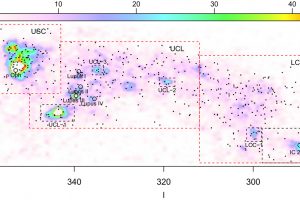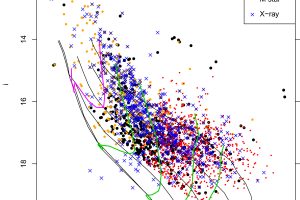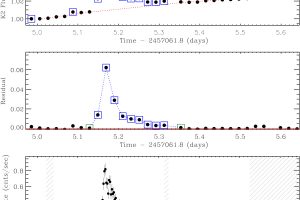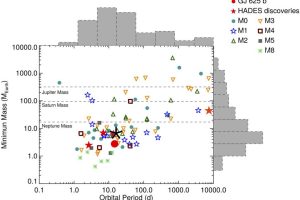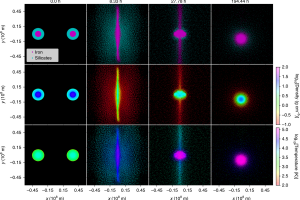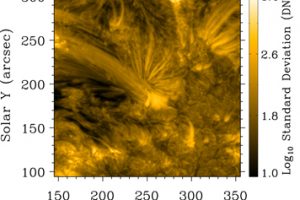La cronologia della formazione stellare nella Lagoon Nebula. Pubblicato su A&A lo studio: “The Gaia-ESO Survey: Age spread in the star forming region NGC 6530 from the HR diagram and gravity indicators” di L. Prisinzano (INAF-OAPA)
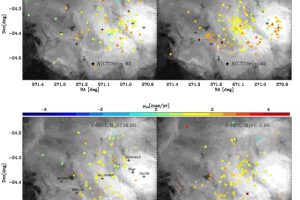
Le stelle si formano dalla contrazione gravitazionale di enormi nubi di gas. Questo processo può avvenire in due modi diversi: la contrazione può infatti essere rapida, con tempi caratteristici dettati dalla velocità con cui il gas “precipita” verso le protostelle in formazione, o può essere più lento e sostenuto da turbolenze e dal campo magnetico locale. Nel primo caso, le
» Read more

